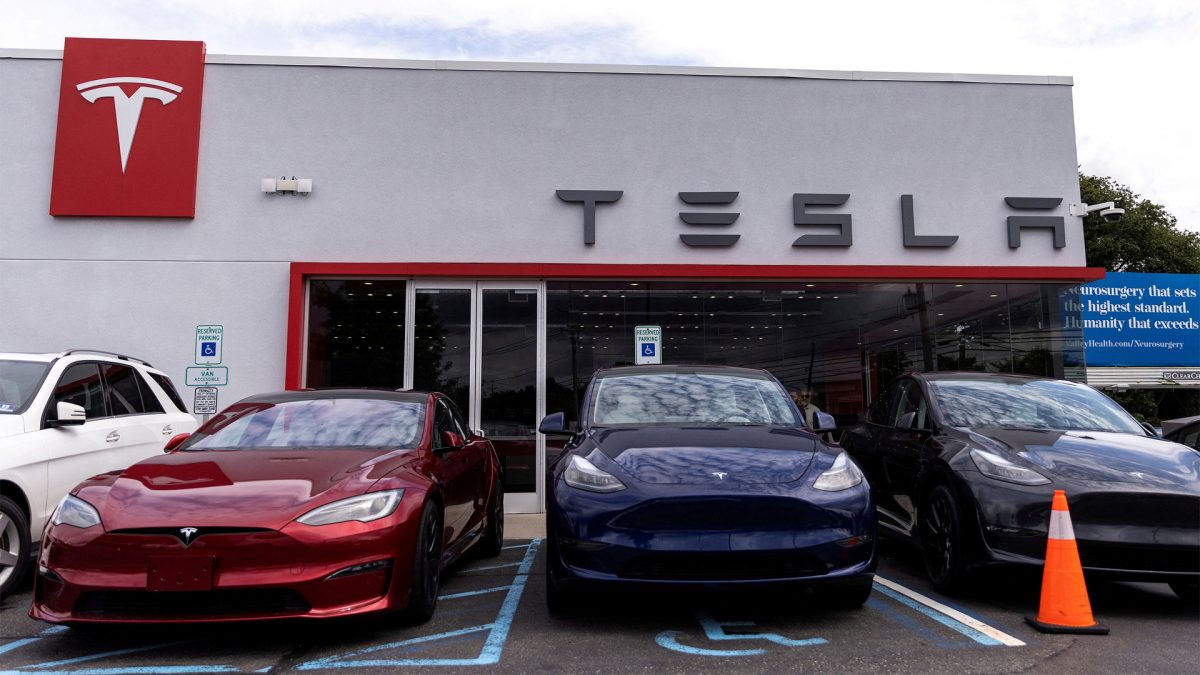
Tesla has faced significant challenges in the European electric vehicle (EV) market throughout this year, despite CEO Elon Musk’s efforts to stimulate demand through price cuts, discount financing rates, and minor design refreshes of models like the Tesla Model 3. While these strategies have worked in other regions, they have failed to make a significant impact on the old continent, where European consumers, spoiled for choice, are increasingly opting for rival brands that offer newer models better suited to local roads. Declining market share Since March, Tesla has experienced a steady decline in market share across Europe, with sales figures reflecting this downward trend.
In August, Tesla’s registrations in Europe fell by 36 per cent compared to the previous year, aligning with the overall decline in the European EV market. According to data from the industry association ACEA, Tesla sold only 21,701 vehicles in August, a sharp drop that mirrored the broader market’s 36 per cent contraction. This decline is part of a larger trend, as the European EV market has been on a downward trajectory for several months.

Sales were flat in June and fell in both May and July, contributing to a 5.5 per cent decrease in the continent’s EV market during the first eight months of the year. In contrast, demand for vehicles with other powertrains, such as hybrids, saw a modest 1.
7 per cent increase during the same period. Tesla’s performance has been particularly concerning, with volumes dropping by 15.8 per cent over the first eight months, totalling just over 200,000 vehicles.
Europe vs China Tesla’s difficulties in Europe are exacerbated by fierce competition from local automakers who are heavily incentivized to sell a significant share of EVs to avoid hefty fines from the European Union. This regulatory pressure has led to a surge in EV offerings from established European brands, many of which are tailored specifically for the European market. In July, BMW overtook Tesla as Europe’s leading EV brand for the first time, highlighting the challenges Tesla faces in maintaining its market position.
The broader decline in the European EV market, particularly the severe drop in August, has raised alarm bells among car manufacturers who are now concerned about potential regulatory fines that could reach billions of euros. ACEA, the lobby group representing most European carmakers, excluding Tesla, has expressed deep concern over the current market conditions. The group has called on the incoming EU Commission to take urgent measures to stimulate EV demand, describing the situation as “extremely worrying.
” While Tesla’s performance in Europe has been lacklustre, the company is seeing more promising results in other markets, particularly in China. The Chinese market is on track for a record third quarter, driven in part by attractive financing rates, although these incentives have eroded profit margins. This contrasts sharply with the situation in Europe, where Tesla’s strategies have not been as effective in the face of stiff competition and a shrinking market.
A concerning and precarious position The current state of the European EV market presents a complex challenge for Tesla. With declining sales, increased competition from well-established European brands, and the looming threat of regulatory fines, Tesla’s ability to regain its footing in Europe is uncertain. The broader industry’s concerns about the market’s downward trajectory further underscore the need for strategic adjustments and potential regulatory interventions to revive consumer interest in electric vehicles.
As the market continues to evolve, Tesla will need to navigate these challenges carefully to maintain its global leadership in the EV sector, particularly in regions where competition is intensifying and consumer preferences are shifting..













